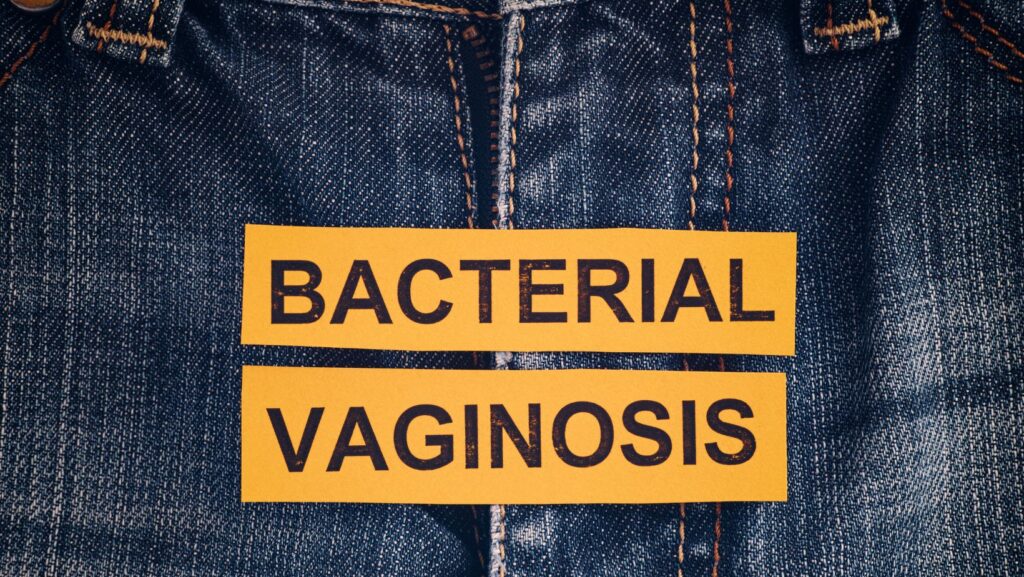If you’ve ever experienced symptoms such as vaginal irritation, including burning sensation or itchiness, you may have wondered if you had an infection. You’re not alone. Bacterial Vaginosis (BV) is a common yet often misunderstood condition that affects many women worldwide.
As we move through 2024, it’s important to learn more about how BV works and how it may impact your health. With greater insight about signs and symptoms, you will be better equipped to prevent and manage it.
What is Bacterial Vaginosis?
BV is an imbalance of the natural bacteria in the vagina. Whereas the vagina normally maintains a healthy balance of good bacteria (lactobacilli), BV happens when there is an increase of harmful bacteria, upsetting the balance. Left untreated, this can lead to increasingly uncomfortable symptoms and may even hurt reproductive health.
Common Symptoms of BV
Understanding the symptoms of BV is essential for early detection and treatment. Here are the key signs to look out for:
1. Unusual Vaginal Discharge- If you notice an increase in discharge volume, this may be a sign of BV. You may also notice a discharge that is thin, watery, and gray or white.
2. Foul Odor- BV can be accompanied by a strong, unpleasant odor, usually exacerbated after intercourse.
3. Vaginal Itching or Irritation- You may experience mild to moderate itchiness that occurs around the outside of the vagina.
4. Burning Sensation During Urination- Urination may be accompanied by a burning sensation and overall discomfort.
While symptoms of BV may be subtle for some women, it’s important to be aware of these common signs and indicators and consult with your healthcare provider as needed.
Causes of BV
While the exact cause of BV is not fully understood, several factors can contribute to the imbalance of healthy bacteria in the vagina.
1. Sexual Activity
Having multiple partners can expose you to a higher risk of developing various infections, including BV.

Although not classified as a sexually transmitted infection (STI), BV can spread through sexual contact.
2. Douching
Douching contains various chemicals and fragrances that can disrupt the balance of vaginal bacteria. This can cause irritation and inflammation, making vaginal tissues more susceptible to infection.
3. Hormonal Changes
Fluctuations in hormones, particularly during the menstrual cycle, pregnancy, or menopause can disrupt vaginal bacteria balance.
4. Antibiotic Use
Beyond killing harmful bacteria, antibiotics are also known to target beneficial bacteria in the vagina, potentially leading to BV.
Diagnosing BV
If you experience symptoms that indicate BV, it’s essential to consult with your healthcare provider for further evaluation.

To provide an accurate diagnosis, your doctor may want to evaluate your medical history and discuss previous and current symptoms. You may also be asked to complete a physical examination and laboratory tests to check for signs of BV.
Treatment Options
There are several treatment options available to calm your BV symptoms and restore healthy bacteria balance. From antibiotics, probiotics, and lifestyle changes, BV can be easily managed.
1. Antibiotics- The most commonly prescribed antibiotics to treat BV are metronidazole (oral or gel) or clindamycin (cream or ovules).
2. Probiotics- Some research has pointed to the effectiveness of probiotic supplements and probiotic-rich foods in helping restore the natural balance of bacteria in the vagina.
3. Lifestyle Changes- By avoiding practices such as douching, and maintaining good hygiene, you can reduce your risk of a BV recurrence.
Preventing BV
There are several steps you can take towards preventing BV from occurring, including practicing good hygiene, safe sex, a healthy lifestyle, and regular checkups.
1. Good Hygiene- Use gentle, mild soap to clean the external genital area and avoid harsh soaps and douching.
2. Safe Sexual Practices- By using protection such as condoms, and limiting the number of sexual partners, you can reduce the risk of bacterial imbalances.
3. Healthy Lifestyle- Maintain a balanced diet, stay hydrated, and avoid smoking to support overall vaginal health.
4. Regular Check-Ups- Regular check-ups with your healthcare provider can help with early detection and prevention of BV.
Bacterial Vaginosis is a common condition that affects many women. However, by understanding its symptoms, causes, and treatment options, you can take proactive steps to protect your vaginal health in 2024 and beyond.
